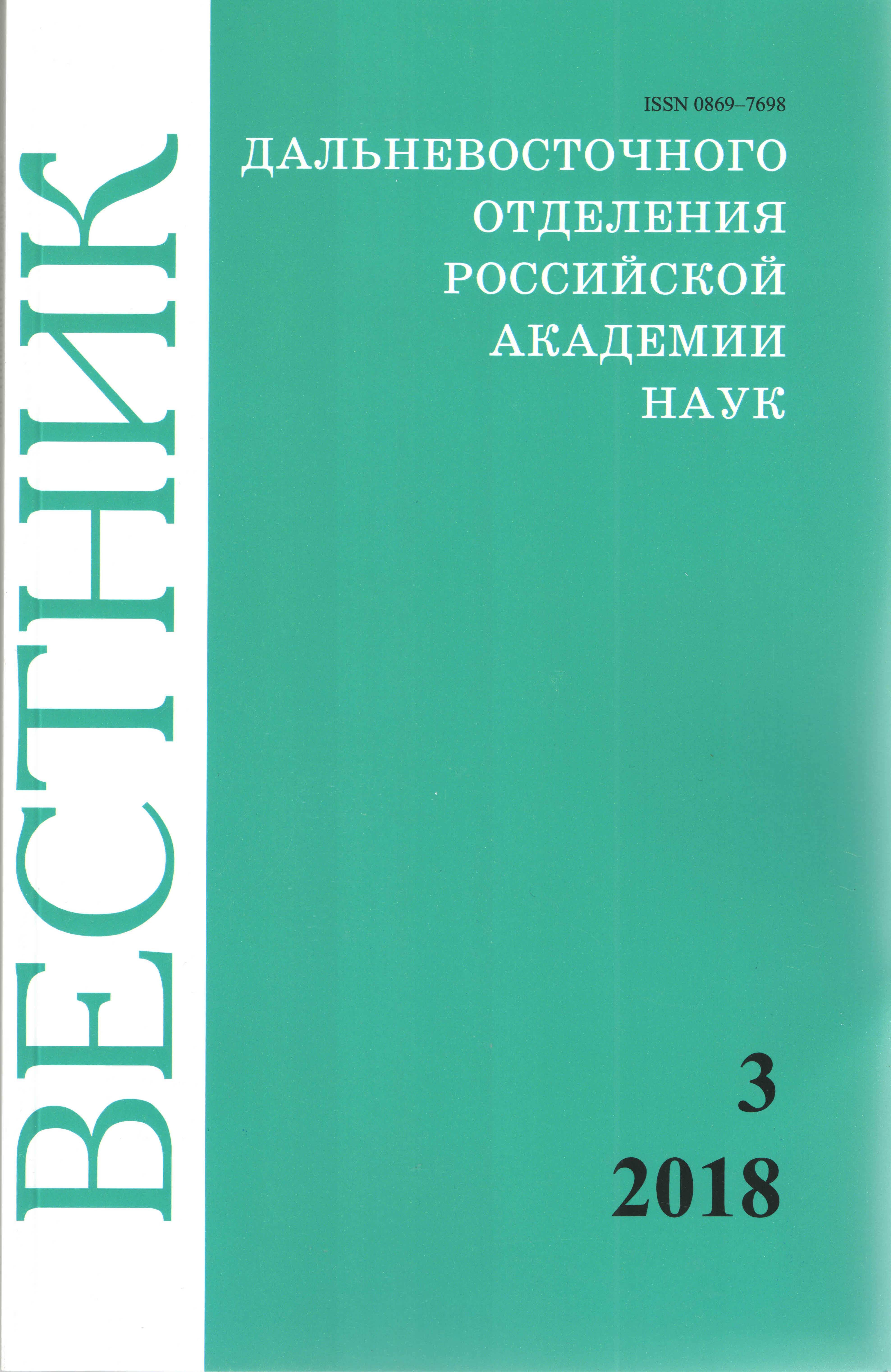Structural features of inflorescence Hydrangea petiolaris Siebold et Zucc
Keywords:
Hydrangea, inflorescence, flowering shoots system, pleiothyrse, thyrse, dichasiumAbstract
Research results of inflorescence structure of a climbing hydrangea (Hydrangea petiolaris) in the conditions of introduction in the south of Primorsky Krai are presented. Features of structure and formation of inflorescences for understanding the nature of their variability are studied. It is established that the inflorescence has a modular structure consisting of five blocks. Three types of blocks of duplicated elements are distinguished: I – pleiothyrse, II – thyrse, III – compound dichasium. It is proved that formation of the general structure of inflorescence occurs by duplication of the structural elements in parallel in each of blocks. Underdevelopment of the structure occurs in a similar way. Overall, the complex inflorescence of Hydrangea is composite and is characterized as corymbose pleiothyrse. Understanding of an order of formation of structure of an inflorescence allows making a correct choice of flowers for successful selection work.


